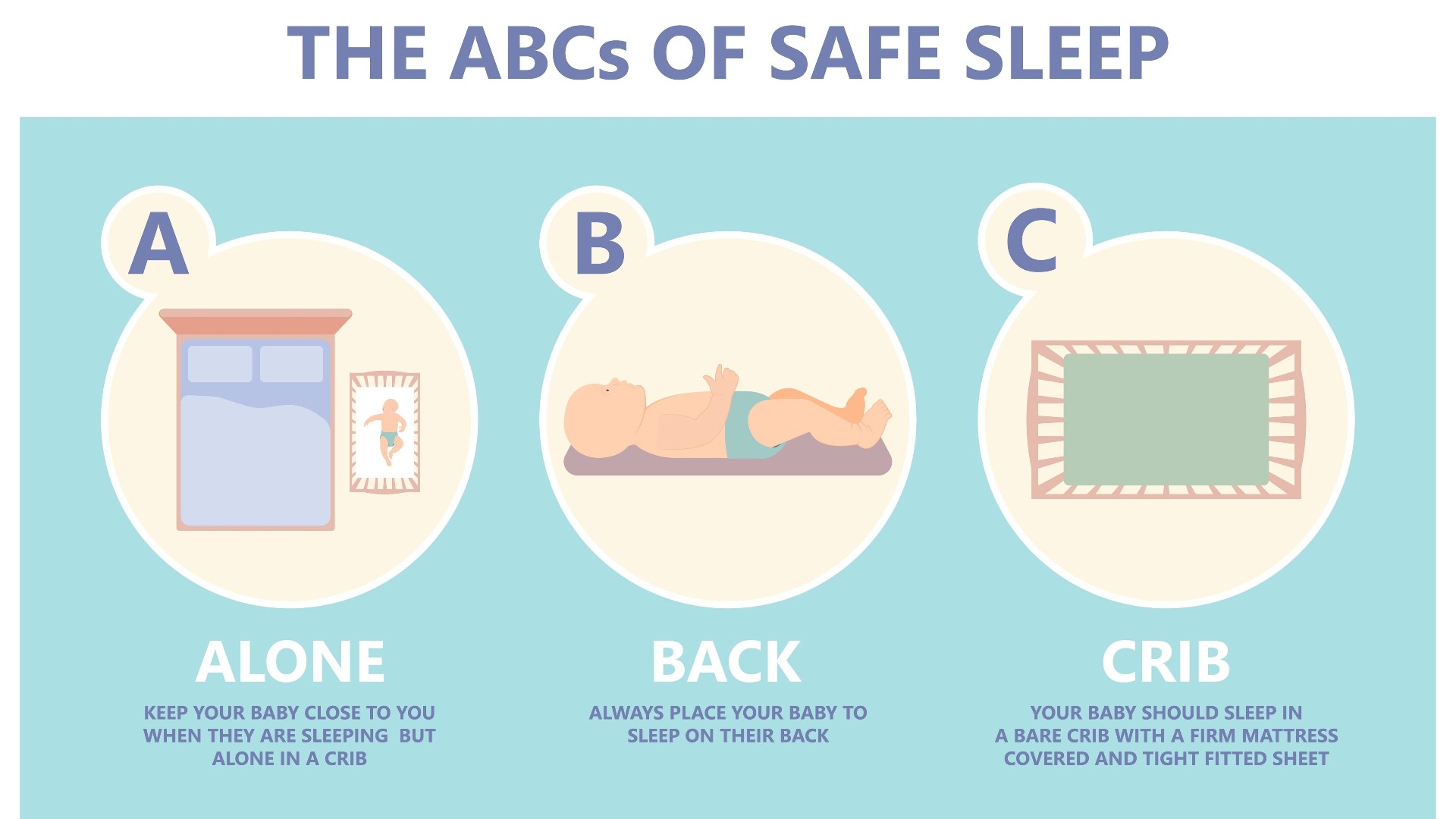HUNTSVILLE, Ala. — Parents with newborns can often be protective, but there is one danger that often goes unlooked and that's because there is no real way to detect it. Sudden infant death syndrome (SIDS) is the sudden and unexplained death of a baby younger than 1 year old. Most SIDS deaths are associated with sleep, which is why it's sometimes still called "crib death."
"So any time an infant dies less than a year of age, whether it's a known or unknown cause, it's called a sudden unexplained infant death or a SUID," Dr. Wes Stubblefield, Medical Officer with Alabama Department of Public Health. "So, a SIDS death, and that's an older term but a lot of people still use, it's if there's a child is less than a year that dies and there's no known cause after a complete investigation and autopsy examination of the death scene in medical review, it's called a SIDS death."
In 2020, the infant mortality rate of 7.0 deaths per 1,000 live births tied for the lowest rate in Alabama in more than five decades but was higher than the us average of 5.5 according to ADPH. "Our infant mortality rate over the last few years is running about seven or so deaths per 1000 live births," Dr. Stubblefield shares. "In terms of the rate of the SIDS deaths in the North Alabama region, they have they have been about the same as the other causes of death."
Babies might have a higher risk of SIDS if:
- their mother smoked, drank, or used drugs during pregnancy and after birth
- their mother had poor prenatal care
- they were born prematurely or at a low birth weight
- there's a family history of SIDS
- their mothers were younger than 20 when they gave birth
- they are around tobacco smoke after birth
- they get overheated
- they sleep on a soft surface
- they sleep with soft objects or loose blankets and pillows
- they sleep in a parent’s bed
While it may be hard to detect SIDS, there are ways to prevent more cases. "The strongest recommendation date for strongest recommendations for reducing any sort of sleep related death is to place the infant on the back to sleep for every sleep, always on their back, to use a firm flat, not inclined surface," Dr. Stubblefield shares. "Breastfeeding if possible, sleeping in the parent's room, but on a separate surface designed for infants. Avoiding smoking, nicotine exposure, avoiding overheating, the head covering, you know, these are all things.
A few more suggestions:
- Don’t use products or devices that claim to lower the risk of SIDS, such as sleep positioners (like wedges or incliners) or monitors that can detect a baby’s heart rate and breathing pattern. No known products can actually do this.
- Don’t use weighted blankets, sleepers, or swaddles on or around your baby.
- Make sure that all sleep surfaces and products you use to help your baby sleep have been approved by the U.S. Consumer Product Safety Commission (CPSC) and meet federal safety standards.
- Make sure your baby gets all recommended immunizations.

